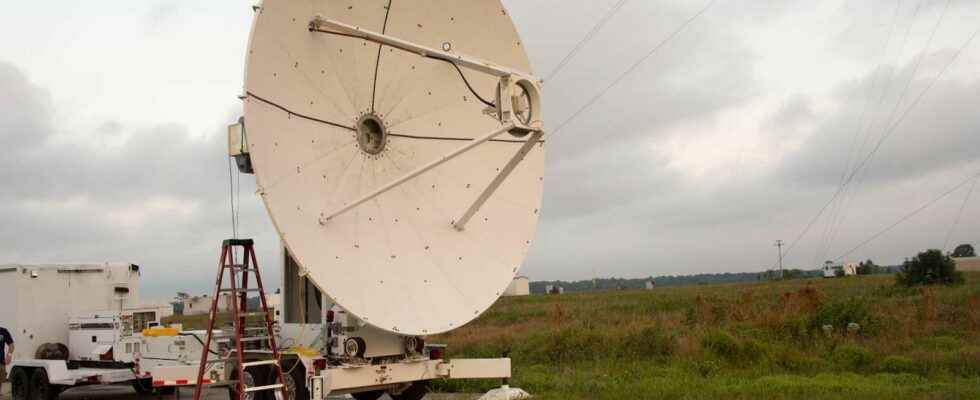The United States Navy broadcast, wirelessly, 1.6 kW of power per kilometer using microwave technology. This technique could make it possible to supply troops or ships with energy, while limiting the traditional supply needs.
You may also be interested
[EN VIDÉO] Kezako: the surprising operation of the microwave oven To quickly heat up your meal, nothing is more practical than the microwave oven. This invention derived from radars does not use heat to heat food, but a much more surprising process. Unisciel and the University of Lille 1 explain to us, with the Kézako program, how the microwave oven works.
the nerve of war is theenergy and with the Russian offensive from the north towards Kyiv, it has been glaringly observed that poor supply logistics render maneuvers ineffective. To increase autonomy, while reducing supply constraints, the US Navy has found a solution: delivering energy through tunes. So theU.S. Naval Research Laboratory (NRL) is proud to have carried out the most important experiment of the last fifty years.
In Maryland, at the US Army research center, researchers managed to maintain 1.6 kW of power per kilometer using a beam microwave. The electricity is first converted into microwaves; then these waves are focused into a narrow beam to a receiver. This is equipped with thousands of so-called “rectifier” antennas. They convert energy radio frequencies in direct current. Each antenna is of the dipole type, that is to say equipped with two strands. It is associated with a diode which transforms into direct current, the alternating current emitted by microwaves.
The Scope-M project is led by the Naval Research Laboratory. Its antenna receiver is made up of tens of thousands of X-band antennas. Each is connected to a small rectifier diode that converts microwave power into DC electrical power. © NLR
An ancient invention
Concretely, the military installed a 10 GHz microwave beam designed as part of the Scope-M project, in two places. The first was in Blossom Point, Maryland, and the second was in Massachusetts. This 10 GHz frequency was chosen because it remains stable even in the event of heavy rain and does not disturb the environment. In the end, the beam worked with 60% efficiency, which is very creditable for a technology that left army scientists wondering.
With this process, according to the researchers, it would be possible to create feeding points without electrical network on Earth from orbital solar power plants. But the army intends instead to use it to directly transmit energy to troops in the field to avoid supply constraints. We can also imagine that this energy could be used to supply the famous laser cannons defensive systems currently being tested by the US Navy and, why not, railguns very energy intensive. The principle of diffusion wireless power over long distances and far from new. By the 1970s, the technology was on point.
Interested in what you just read?
